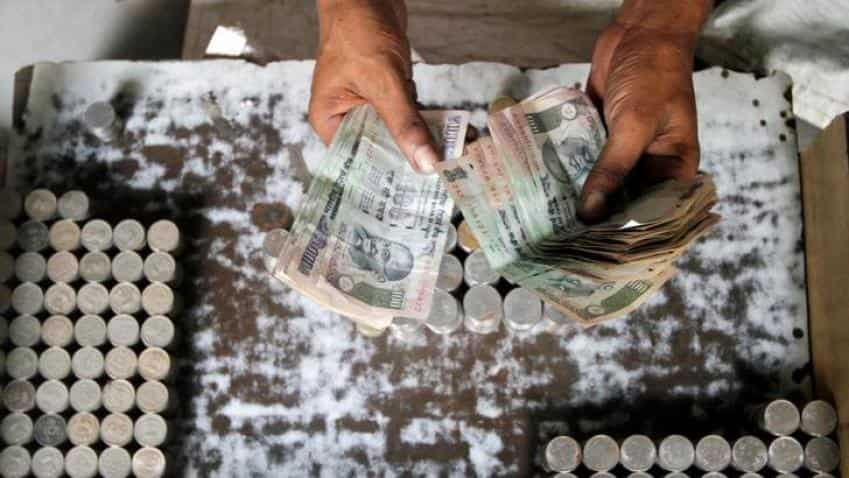Bad bank may push loan-clean up but requires additional capital: Fitch Ratings
One estimate from the Economic Survey suggested that 57% of the top 100 stressed debtors would need debt reductions of 75% to make them viable.

The government will require to provide more than the $10.4 billion that it has earmarked for capital injections by FYE19 - be it directly to state-owned banks or indirectly through a bad bank, a report said.
According to a Fitch Ratings report, the banking sector will require around $90 billion in new total capital by FY19 to meet Basel III standards and ongoing business needs. This estimate is unlikely to be significantly reduced by the adoption of a bad-bank approach, and could even rise if banks are forced to crystallise more losses from stressed assets.
To tackle the bad loans problem, the latest Economic Survey 2016-17, had suggested creation of a centralised Public Sector Asset Rehabilitation Agency (PARA) that could take charge of the largest, most difficult cases, and make politically tough decisions to reduce debt.
Also the survey felt that Reserve Bank of India's (RBI) various scheme like Asset Reconstruction (ARC), Strategic Debt Restructuring (SDR), Asset Quality Review (AQR), Sustainable Structuring of Stressed Assets (S4A) will support in healing PSBs from their bad loans.
One estimate from the Economic Survey suggested that 57% of the top 100 stressed debtors would need debt reductions of 75% to make them viable. Hence, the banks would need capital to cover haircuts taken during the sale of stressed assets, and the bad bank would most likely require capital to cover any losses incurred during the resolution process.
However, Fitch believes that the creation of a 'bad bank' could accelerate the resolution of stressed assets in India's banking sector, but it may face significant logistical difficulties and would simultaneously require a credible bank recapitalisation programme to address the capital shortfalls at state-owned banks.
"Fitch expects the stressed-asset ratio to rise over the coming year from the 12.3% recorded at end-September 2016. The ratio is significantly higher among state-owned banks. Asset-quality indicators may be close to their weakest levels, but the pace of recovery is likely to be held back by slow resolution of bad loans," Saswata Guha, Director, Fitch Ratings, said in the report.
The rating agency believes that as the large corporates often have debt spread across a number of banks, making resolution difficult to coordinate. Thus, with the creation of bad bank, the process would be simplified if the debt of a single entity were transferred to one bad bank. This could be particularly important in India's current situation, with just 50 corporates accounting for around 30% of banks' stressed assets.
Get Latest Business News, Stock Market Updates and Videos; Check your tax outgo through Income Tax Calculator and save money through our Personal Finance coverage. Check Business Breaking News Live on Zee Business Twitter and Facebook. Subscribe on YouTube.
RECOMMENDED STORIES
10:59 AM IST











 Cabinet clears proposal for govt guarantee for bad bank, informs Finance Minister Nirmala Sitharaman
Cabinet clears proposal for govt guarantee for bad bank, informs Finance Minister Nirmala Sitharaman Bad Bank: Modi government may look at AMC/ARC model for asset monetisation programme
Bad Bank: Modi government may look at AMC/ARC model for asset monetisation programme Kotak Mahindra Bank to raise equity capital through issuance of securities up to 6.2 crore
Kotak Mahindra Bank to raise equity capital through issuance of securities up to 6.2 crore  Tough love for bad debt? RBI deputy targets Indian banks' toxic loans
Tough love for bad debt? RBI deputy targets Indian banks' toxic loans Bad bank a bad idea, bankers to strike work today
Bad bank a bad idea, bankers to strike work today